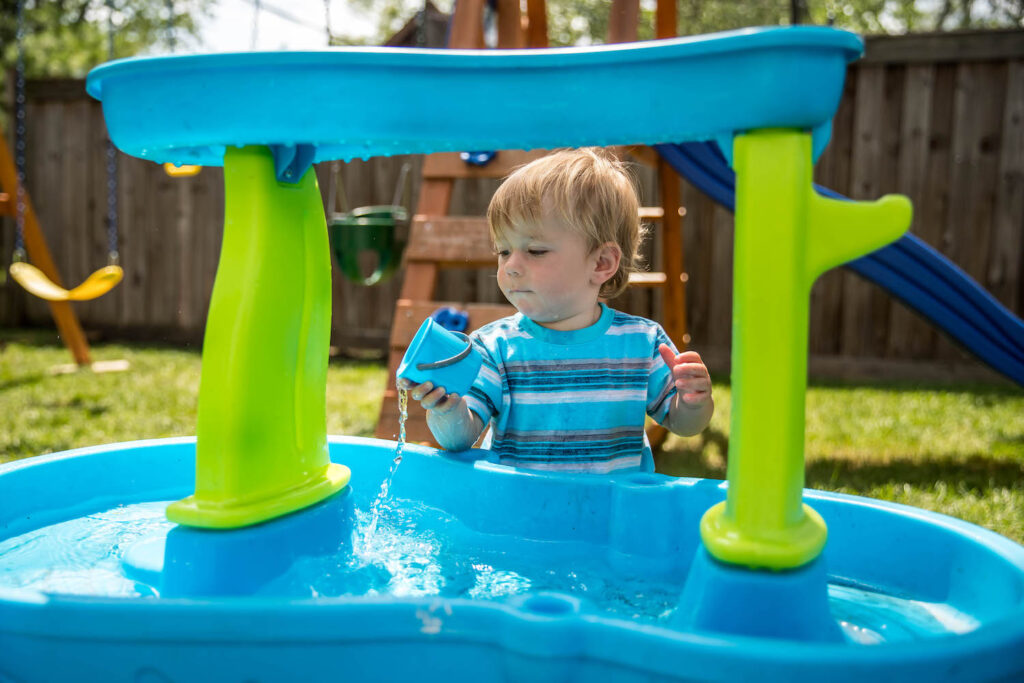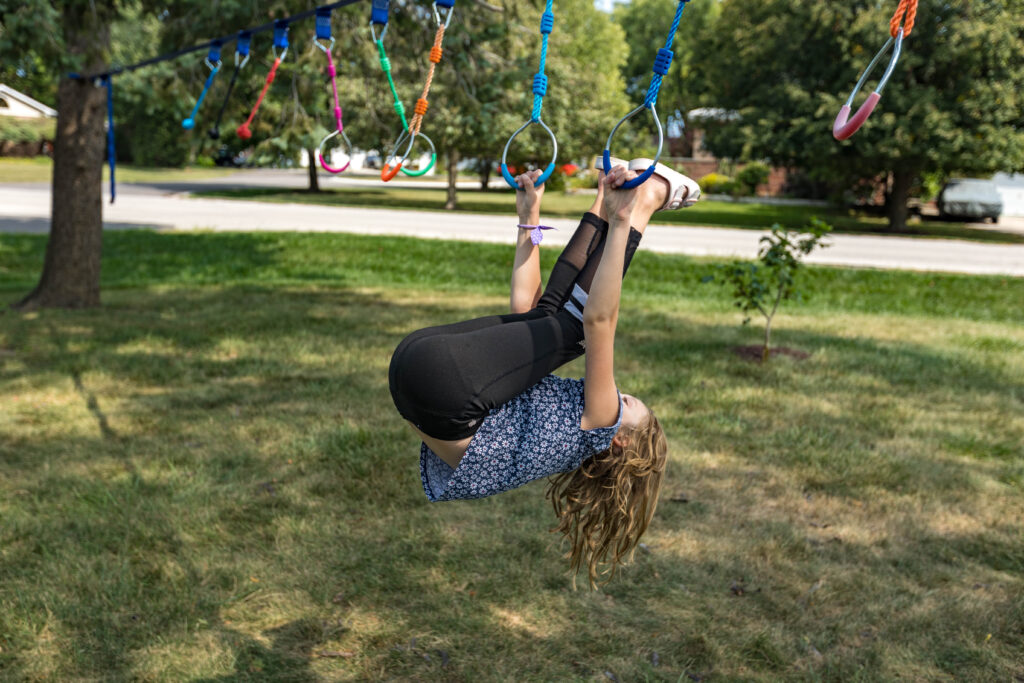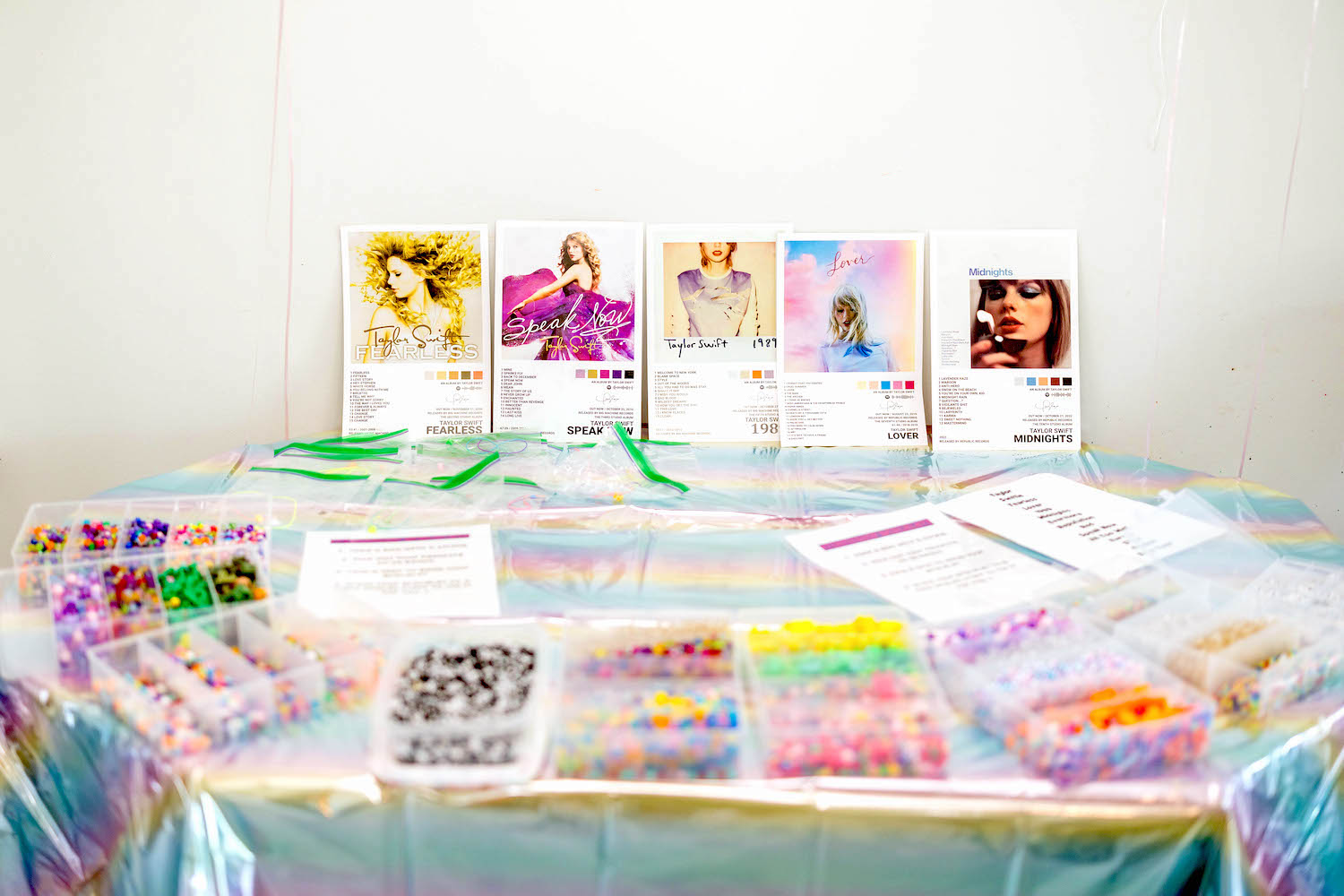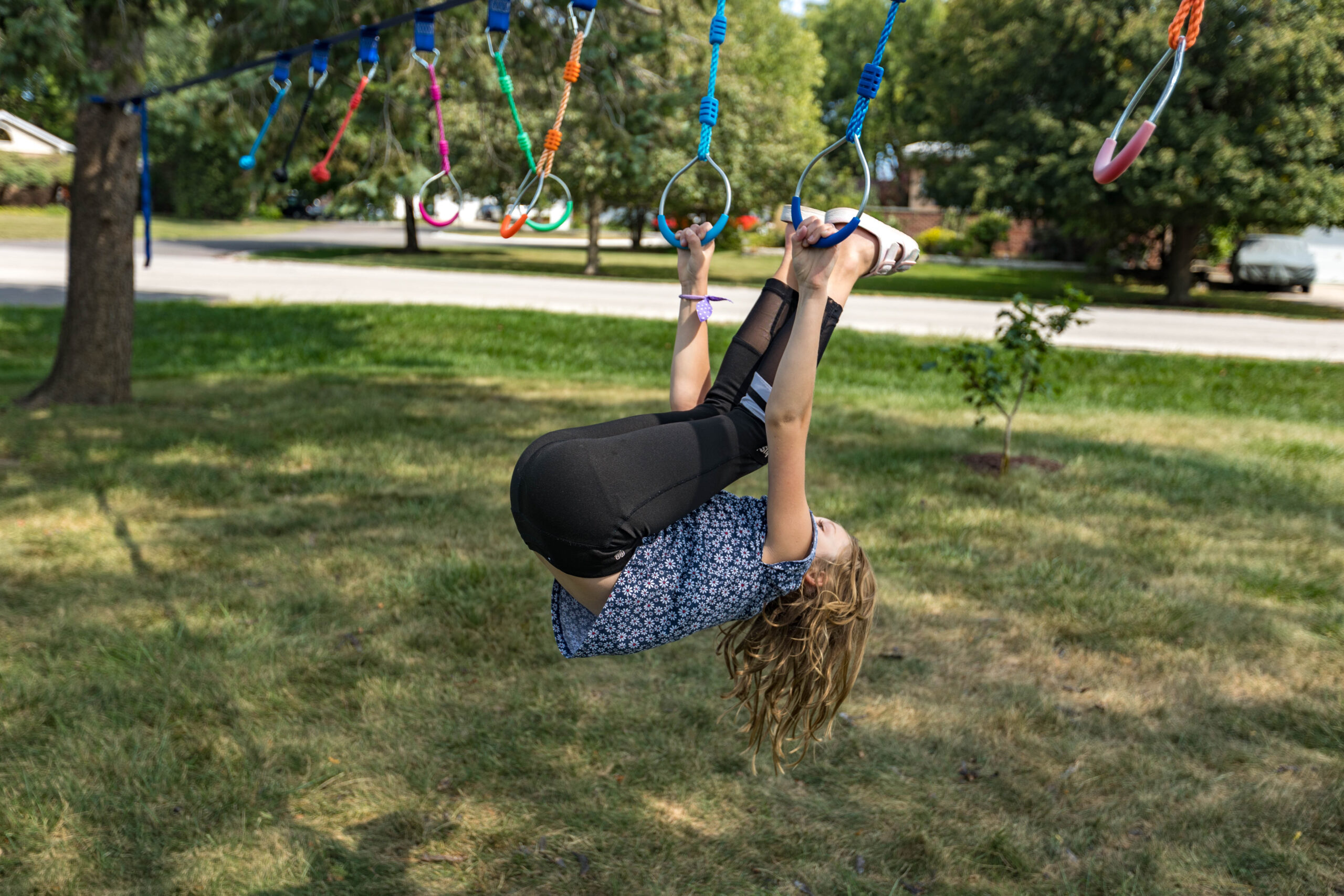It’s a beautiful Saturday morning. You call out from the kitchen, “What do you want for breakfast?” No answer. So you ask again, “What do you want for breakfast?” Still no response. You make your way to the living room and find your kiddo with eyes and ears glued to the screen. Sound familiar? In an age dominated by screens and gadgets, getting kids outside and engaged can be an uphill battle. But don’t worry—there’s a new wave of outdoor sensory toys that are just as captivating as those screens.
- Why Outdoor Sensory Play Matters
- Outdoor Climbing Equipment: Building Confidence
- Water-Based Sensory Toys: Splish Splashy Fun
- Outdoor Movement Toys: Enhancing Balance and Posture
- Tactile Outdoor Toys for Touch Exploration
- DIY Outdoor Sensory Toys on a Budget
- Choosing the Right Outdoor Sensory Toys
- Durability and Weather Resistance
- Choosing the Best Outdoor Sensory Toys to Get Kids Excited and Away from Screens
Why Outdoor Sensory Play Matters
Sensory play is crucial for kid’s growth and learning. It helps them understand the world through touch, hearing, taste, sight, and smell. Engaging in sensory play outdoors not only stimulates their senses but also supports their cognitive development. The fresh air adds even more benefits, making outdoor sensory activities a fantastic choice for healthy play.

Outdoor Climbing Equipment: Building Confidence
Climbing is practically synonymous with childhood, whether it’s trees, slides, or yes, furniture. As parents, we can champion safe climbing with outdoor equipment designed for sensory play. This type of play can reduce indoor climbing antics and boost physical skills. No more couch gymnastics (or maybe, less).
Benefits of Climbing Equipment
- Touch: Climbing involves using your hands and feet to grip surfaces, providing tactile sensations.
- Sight: Kids gain a new perspective from up above, enhancing their observational skills.
- Balance: Climbing involves angles and problem-solving, improving balance and coordination.



Recommended Climbing Equipment
- Tree Climbing Kits: These can make it a little safer to conquer the heights of trees, which are major kid magnets for obvious reasons. These kits can also help build upper body strength. Plus, tree climbing is one of the best nature-based sensory activities.
- Climbing domes: These structures offer a sense of enclosure and are great for developing problem-solving skills and spatial awareness.
- Ninja Line Kits: With ropes and obstacles, these kits provide changing sensations and the thrill of swinging. Various accessories allow for customization according to your child’s preferences.
Water-Based Sensory Toys: Splish Splashy Fun
Water toys are a surefire way to capture attention. They are interactive and engage multiple senses, making them perfect for sensory play.
Sensory Benefits of Water Toys
- Touch: Kids experience the coolness and texture of water, which can be refreshing.
- Sight: Observing water flow, bubbles, and rainbow colors can be mesmerizing.
- Balance: Water play often involves moving and balancing, which can enhance coordination.


Recommended Water Toys
- Water Tables: Versatile and engaging, water tables allow for all kinds of interactive play, including wheels, buckets, and waterfalls.
- Sprinklers and Splash Pads: Great for active play as kids move in and out of the water.
- Bubble Machines: They offer visual stimulation and of course, the fun of chasing and popping bubbles.
- Reusable Water Balloons: Fun to squish and pop, these eco-friendly balloons offer satisfying sensory experiences.
Side Note: While the goal is to minimize screen time, there is a great episode of Bluey involving water play. If you want to blend sensory activities with screen time, it’s worth checking out.
Outdoor Movement Toys: Enhancing Balance and Posture
Movement toys are fantastic for sensory play as they engage multiple senses and promote physical activity.


Sensory Benefits of Movement Toys
- Touch: Movement toys require kids to use various body parts to touch surfaces and adjust their positions.
- Proprioception: This “sixth sense” is like your body’s built-in GPS. It helps you know where your body is and what it’s doing, without looking. Movement toys require your body to understand its position and adjust to maintain balance and coordination.
- Sight: Kids constantly observe their surroundings to maintain balance and plan movements.
Recommended Movement Toys
- Balance boards and stepping stones: These improve coordination and core strength while enhancing body awareness.
- Swings: There are all kinds–traditional, sensory, and hammocks. Swings offer soothing movement and help with spatial awareness and balance.
- Soccer Nets: Playing sports like soccer enhances hand-eye coordination and gross motor skills such as running and kicking. Kids also get a chance to work on aiming and timing.
- Obstacle Courses: They provide limitless opportunities for crawling, jumping, and climbing, promoting coordination and problem-solving skills.
Tactile Outdoor Toys for Touch Exploration
Outdoor toys lend themselves to exploration through touch. They can provide valuable hands-on experiences that help children understand their environment.



Recommended Tactile Toys
- Sandboxes: Dig, scoop, pour–kids can feel the texture of the sand and molds. They use and improve their fine motor skills and this one is great for encouraging imaginative play.
- Mud Kitchens: Kids can mix, stir, and whip up delightful dishes with mud and other natural “ingredients” like sticks. There is a lot of touch and texture as kids mix ingredients to make their dishes. It also helps build creativity.
- Chalk and Sidewalk Paint: Both offer tactile and visual experiences as kids draw and paint with different textures and colors.
- Garden Tools: This is a 2-for-1 deal. You get help with your gardening, and kids get to work on their fine motor skills. Much like the others on this list, there is a lot of texture with gardening. Kids can build a sensory garden with dirt, plants, and tools for the full experience.
DIY Outdoor Sensory Toys on a Budget
As a mom of three energetic kiddos, I’ve learned a thing or two about keeping them entertained without filling my Amazon cart. There are many items here that my kids and I both love. And many of these outdoor toys get played with WAY more than many of their indoor toys. But, you don’t always have to go out and buy something for it to be effective. Some of the best sensory toys can be made at home. Here are a few DIY ideas:

- Sensory scavenger hunt: Create a list of textures for kids to find or draw what they see. You can even create a theme behind it.
- Outdoor sensory bin: Fill a bin with items like kinetic sand, birdseed, or soil. Change the theme regularly for new sensory experiences.
- Water Table: Use a large tub with buckets, sponges, and cups. Add PVC piping for extra fun.
- Construction Site: Round up some gravel and toy trucks to simulate a construction site. Great for texture exploration.
Feel free to get creative and don’t worry about perfection. Your kids will be too engaged to notice minor imperfections.
Choosing the Right Outdoor Sensory Toys
With so many options available, consider the following when selecting sensory toys:
Age and Developmental Stage
Toddlers will need different toys than preschoolers and preschoolers will need different toys than school-aged children. Quite simply, kids are all at different developmental stages and will have unique areas to focus. As a general rule, you can take into account the following:
- Babies: Choose toys with high contrast colors, sounds, and textures–offering an introduction to the sensory experience
- Toddlers (2-3): Opt for sensory bins, water play, and sandboxes.
- Preschoolers (3-5): Introduce messier play and more active toys like mud kitchens and obstacle courses.
- School-Aged (5+): Focus on team games, balance boards, and problem-solving toys like ninja lines.
Durability and Weather Resistance


Outdoor toys need to withstand elements like rain, snow, and harsh sun. Look for durable and weather-resistant options to ensure longevity.
Durable: This is where reading reviews can pay off. If you come across a cheaper alternative, look for specific comments around durability. Look for people who have used the product for a bit and can confirm its ability to last. The key here is not necessarily brand, but to ensure your outdoor toys are going to hold up outside.
Weather Resistant: If you plan to bring your toys inside after every playtime, this may not be so important. But how realistic is that? Most of the time, our toys will be left outside–rain or shine. Opt for toys that are resistant to harsh elements. Waterproof options are great. You don’t want toys that retain moisture and attract mold.
Balancing structured toys with open-ended play opportunities

Incorporate both structured and open-ended toys to provide a well-rounded sensory experience. Structured toys have specific play instructions, while open-ended toys encourage creativity and imagination.
Choosing the Best Outdoor Sensory Toys to Get Kids Excited and Away from Screens
Phew! We’ve looked at a variety of outdoor sensory toys, from splashy water tables to thrilling ninja kits. Most of these are tried-and-true favorites with my own kids, carefully picked for their success in pulling them away from screens and into the great outdoors. Remember, every kid is unique, so pick outdoor toys and sensory activities that match your kiddo’s personality. The goal is to find toys that spark excitement and encourage active play!
Have you experimented with any of these outdoor sensory toys? Which have you liked/disliked so far?
You may also like:
-

How to Throw the Ultimate Taylor Swift Eras Birthday Party
-

AI for Parents: 8 Types of Game-Changing Tools You Need in 2024
-

7 Ways to Beat Working Mom Burnout From Moms Who’ve Been There
-

Outdoor Sensory Toys: Fun Picks to Keep Kids Engaged Outside




